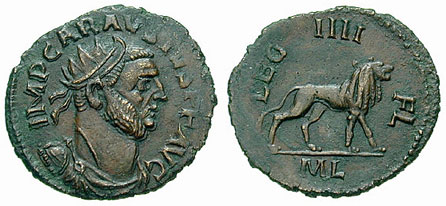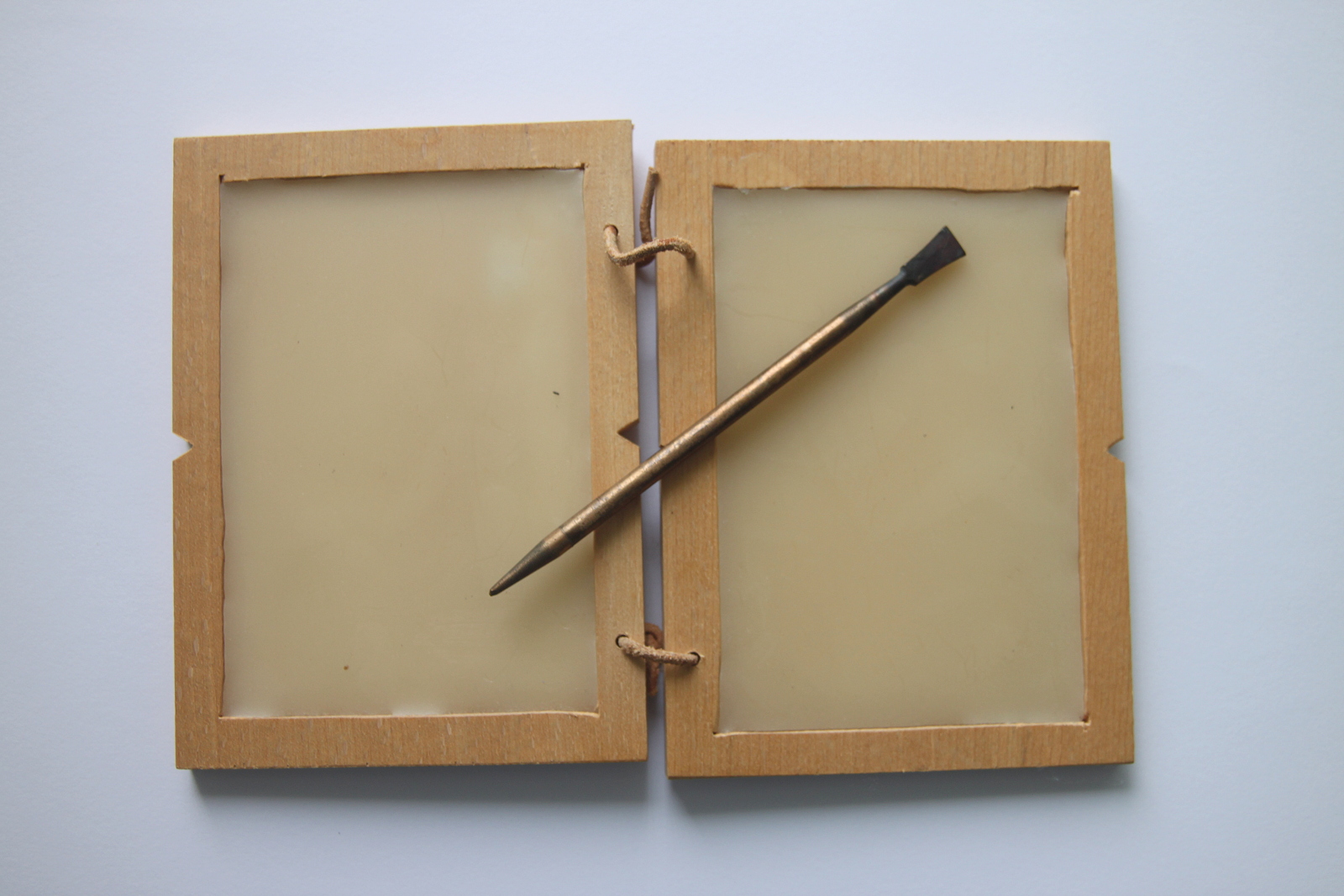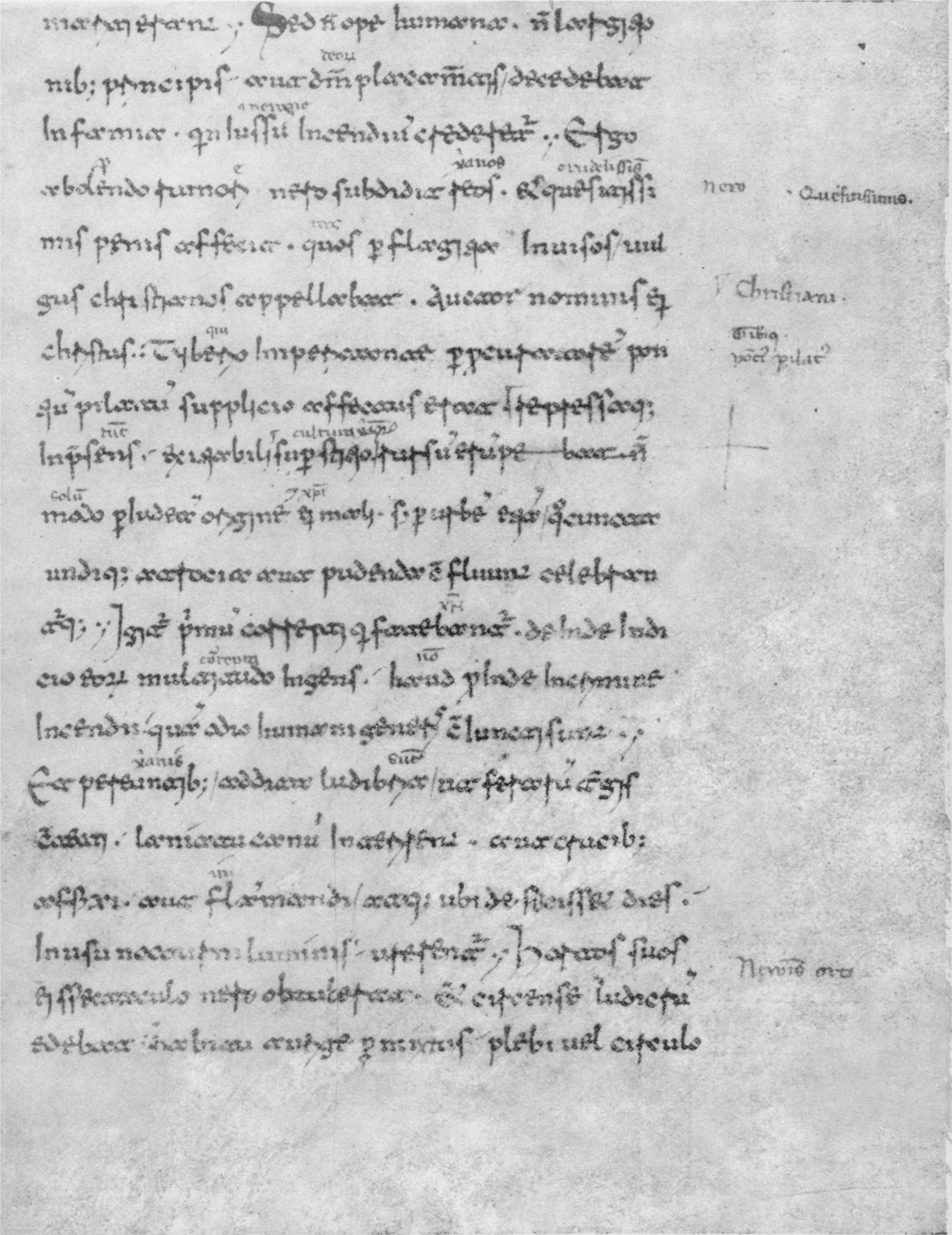|
Bloomberg Tablets
The Bloomberg tablets are a collection of 405 preserved wooden tablets that were found at the site of the Bloomberg building in the City of London, financial district of London. Excavations of the site took place between 2010 and 2013, after which the Bloomberg London, current Bloomberg building was constructed on the site of the archaeological dig. The wax tablet, tablets are the earliest written documents found in Britain, dating from 50 to 80 AD in the early Roman Britain, Roman period. Notably, these tablets predate the Vindolanda tablets, which were previously the earliest writing examples found in Britain, dating to 100 AD or later. Discovery The Bloomberg site consists of three acres in what was the Roman city of Londinium. The archaeological site had previously yielded a 3rd-century London Mithraeum, Temple of Mithras, which was partially excavated in the 1950s, but this effort was incomplete, and Bucklersbury House, a 14-storey modernist office block, was b ... [...More Info...] [...Related Items...] OR: [Wikipedia] [Google] [Baidu] |
Roger Tomlin
Roger Simon Ouin Tomlin (born 1943) is a British archaeologist specialising in the translation of Latin text and epigraphy. Tomlin is an Emeritus Fellow of Wolfson College, Oxford. Early life Tomlin first studied Honour Moderations (Mods) at Oxford University before continuing onto study '' Literae humaniores'' (Greats). His college tutor was Peter Brunt, the Camden Professor of Ancient History. Career After graduating Tomlin worked in the US for a couple of years before returning to take up a post at the University of Oxford teaching Late Roman History. He succeeded Richard Wright as editor of the ''Roman Inscriptions of Britain'' project and started working intensively on translating inscriptions. Tomlin published the first translation of the curse-tablets from the Roman Baths at ''Aquae Sulis'' (Bath, UK) in 1988. Tomlin translated the Bloomberg tablets, a collection of 405 wooden tablets inscribed with ink found between 2010 and 2013 during excavations for the Bloomberg buil ... [...More Info...] [...Related Items...] OR: [Wikipedia] [Google] [Baidu] |
Latin Inscriptions
The ''Corpus Inscriptionum Latinarum'' (''CIL'') is a comprehensive collection of ancient Latin inscriptions. It forms an authoritative source for documenting the surviving epigraphy of classical antiquity. Public and personal inscriptions throw light on all aspects of Roman life and history. The ''Corpus'' continues to be updated in new editions and supplements. CIL also refers to the organization within the Berlin-Brandenburg Academy of Sciences and Humanities responsible for collecting data on and publishing the Latin inscriptions. It was founded in 1853 by Theodor Mommsen and is the first and major organization aiming at a comprehensive survey. Aim The ''CIL'' collects all Latin inscriptions from the whole territory of the Roman Empire, ordering them geographically and systematically. The earlier volumes collected and published authoritative versions of all inscriptions known at the time—most of these had been previously published in a wide range of publications. The descri ... [...More Info...] [...Related Items...] OR: [Wikipedia] [Google] [Baidu] |
History Of London
The history of London, the capital city of England and the United Kingdom, extends over 2000 years. In that time, it has become one of the world's most significant financial and cultural capital cities. It has withstood plague, devastating fire, civil war, aerial bombardment, terrorist attacks, and riots. The City of London is the historic core of the Greater London metropolis, and is today its primary financial district, though it represents only a small part of the wider metropolis. Foundations and prehistory Some recent discoveries indicate probable very early settlements near the Thames in the London area. In 1993, the remains of a Bronze Age bridge were found on the Thames's south foreshore, upstream of Vauxhall Bridge. This bridge either crossed the Thames or we ... [...More Info...] [...Related Items...] OR: [Wikipedia] [Google] [Baidu] |
Archaeology Of London
Archaeology or archeology is the scientific study of human activity through the recovery and analysis of material culture. The archaeological record consists of artifacts, architecture, biofacts or ecofacts, sites, and cultural landscapes. Archaeology can be considered both a social science and a branch of the humanities. It is usually considered an independent academic discipline, but may also be classified as part of anthropology (in North America – the four-field approach), history or geography. Archaeologists study human prehistory and history, from the development of the first stone tools at Lomekwi in East Africa 3.3 million years ago up until recent decades. Archaeology is distinct from palaeontology, which is the study of fossil remains. Archaeology is particularly important for learning about prehistoric societies, for which, by definition, there are no written records. Prehistory includes over 99% of the human past, from the Paleolithic until the advent of ... [...More Info...] [...Related Items...] OR: [Wikipedia] [Google] [Baidu] |
Wax Tablet
A wax tablet is a tablet made of wood and covered with a layer of wax, often linked loosely to a cover tablet, as a "double-leaved" diptych. It was used as a reusable and portable writing surface in Antiquity and throughout the Middle Ages. Cicero's letters make passing reference to the use of ''cerae'', and some examples of wax-tablets have been preserved in waterlogged deposits in the Roman fort at Vindolanda on Hadrian's Wall. Medieval wax tablet books are on display in several European museums. Writing on the wax surface was performed with a pointed instrument, a stylus. A straight-edged spatula-like implement (often placed on the opposite end of the stylus tip) would be used as an eraser. The modern expression of ''"a clean slate"'' equates to the Latin expression ''"tabula rasa"''. Wax tablets were used for a variety of purposes, from taking down students' or secretaries' notes to recording business accounts. Early forms of shorthand were used too. Use in antiquity ... [...More Info...] [...Related Items...] OR: [Wikipedia] [Google] [Baidu] |
Freeze Drying
Freeze drying, also known as lyophilization or cryodesiccation, is a low temperature dehydration process that involves freezing the product and lowering pressure, removing the ice by sublimation. This is in contrast to dehydration by most conventional methods that evaporate water using heat. Because of the low temperature used in processing, the rehydrated product retains much of its original qualities. When solid objects like strawberries are freeze dried the original shape of the product is maintained. If the product to be dried is a liquid, as often seen in pharmaceutical applications, the properties of the final product are optimized by the combination of excipients (i.e., inactive ingredients). Primary applications of freeze drying include biological (e.g., bacteria and yeasts), biomedical (e.g., surgical transplants), food processing (e.g., coffee) and preservation. History The Inca were freeze drying potatoes into chuño from the 13th century. The process involved mult ... [...More Info...] [...Related Items...] OR: [Wikipedia] [Google] [Baidu] |
Polyethylene Glycol
Polyethylene glycol (PEG; ) is a polyether compound derived from petroleum with many applications, from industrial manufacturing to medicine. PEG is also known as polyethylene oxide (PEO) or polyoxyethylene (POE), depending on its molecular weight. The structure of PEG is commonly expressed as H−(O−CH2−CH2)n−OH. Uses Medical uses * Pharmaceutical-grade PEG is used as an excipient in many pharmaceutical products, in oral, topical, and parenteral dosage forms. * PEG is the basis of a number of laxatives (as ''MiraLax''). Whole bowel irrigation with polyethylene glycol and added electrolytes is used for bowel preparation before surgery or colonoscopy. * PEG is used in medicines for treating disimpaction and maintenance therapy for children with constipation. * When attached to various protein medications or drug carriers, polyethylene glycol of suitable length slows down their clearance from the blood. * The possibility that PEG could be used to fuse axons is being ... [...More Info...] [...Related Items...] OR: [Wikipedia] [Google] [Baidu] |
Tacitus
Publius Cornelius Tacitus, known simply as Tacitus ( , ; – ), was a Roman historian and politician. Tacitus is widely regarded as one of the greatest Roman historiography, Roman historians by modern scholars. The surviving portions of his two major works—the Annals (Tacitus), ''Annals'' (Latin: ''Annales'') and the Histories (Tacitus), ''Histories'' (Latin: ''Historiae'')—examine the reigns of the Roman emperor, emperors Tiberius, Claudius, Nero, and those who reigned in the Year of the Four Emperors (69 AD). These two works span the history of the Roman Empire from the death of Augustus (14 AD) to the death of Domitian (96 AD), although there are substantial Lacuna (manuscripts), lacunae in the surviving texts. Tacitus's other writings discuss Public speaking, oratory (in dialogue format, see ''Dialogus de oratoribus''), Germania (in Germania (book), ''De origine et situ Germanorum''), and the life of his father-in-law, Gnaeus Julius Agricola, Agricola (t ... [...More Info...] [...Related Items...] OR: [Wikipedia] [Google] [Baidu] |
Annals (Tacitus)
The ''Annals'' ( la, Annales) by Roman historian and senator Tacitus is a history of the Roman Empire from the reign of Tiberius to that of Nero, the years AD 14–68. The ''Annals'' are an important source for modern understanding of the history of the Roman Empire during the 1st century AD; it is Tacitus' final work, and modern historians generally consider it his greatest writing. Historian Ronald Mellor (historian), Ronald Mellor calls it "Tacitus's crowning achievement", which represents the "pinnacle of Roman historical writing". Tacitus' Histories (Tacitus), ''Histories'' and ''Annals'' together amounted to 30 books; although some scholars disagree about which work to assign some books to, traditionally 14 are assigned to ''Histories'' and 16 to ''Annals''. Of the 30 books referred to by Jerome about half have survived. Modern scholars believe that as a Roman senator, Tacitus had access to ''Acta Senatus''—the Roman senate's records—which provided a solid basis for hi ... [...More Info...] [...Related Items...] OR: [Wikipedia] [Google] [Baidu] |
Julius Classicus
Julius Classicus was a Gaulish nobleman and military commander of the 1st century AD, belonging to the tribe of the Treviri. He served as a commander of the Roman auxiliaries. Along with Julius Tutor, another Treviran Roman auxiliary commander, and Julius Sabinus, who claimed descent from Gaius Julius Caesar, he joined the rebellion of Gaius Julius Civilis during the disorder of the Year of the Four Emperors (69 AD). Background In order to secure his position as Roman Emperor, Vespasian, along with his allies Antonius Primus and Mucianus, decided to stir up trouble in Germany so as to distract Vitellius, the current Roman Emperor. A letter was sent to a Batavian chieftain, Julius Civilis, encouraging him to start a rebellion. Liking the idea, Civilis revolted and began to harry Gallia Lugdunensis. The revolt Classicus was specifically the commander of the Treviran cavalry regiment and exchanged many letters with Civilis. In these letters Classicus was an accomplice in rebe ... [...More Info...] [...Related Items...] OR: [Wikipedia] [Google] [Baidu] |
Boudica
Boudica or Boudicca (, known in Latin chronicles as Boadicea or Boudicea, and in Welsh as ()), was a queen of the ancient British Iceni tribe, who led a failed uprising against the conquering forces of the Roman Empire in AD 60 or 61. She is considered a British national heroine and a symbol of the struggle for justice and independence. Boudica's husband Prasutagus, with whom she had two daughters, ruled as a nominally independent ally of Rome. He left his kingdom jointly to his daughters and to the Roman emperor in his will. When he died, his will was ignored, and the kingdom was annexed and his property taken. According to the Roman historian Tacitus, Boudica was flogged and her daughters raped. The historian Cassius Dio wrote that previous imperial donations to influential Britons were confiscated and the Roman financier and philosopher Seneca called in the loans he had forced on the reluctant Britons. In 60/61, Boudica led the Iceni and other British tribes in revolt ... [...More Info...] [...Related Items...] OR: [Wikipedia] [Google] [Baidu] |


.jpg)




